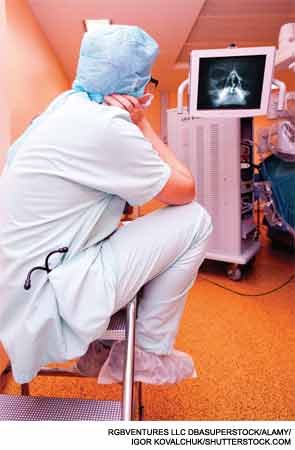Your virtual office needs to include appropriate communication technology to reduce the risk of voice and hearing problems while practicing telehealth.


Your virtual office needs to include appropriate communication technology to reduce the risk of voice and hearing problems while practicing telehealth.

After an initial scramble at the beginning of the COVID-19 pandemic, telemedicine has turned into a patient pleaser.


Recent changes in state and federal laws have made telemedicine services more likely to be covered and reimbursed by insurance companies, benefitting both providers and patients.
The study provides evidence that a realtime telemedicine model may be a viable option to expand specialty care to remote or underserved areas.

One use is real-time telemedicine, which is live, interactive, and can mimic a real-life encounter between a physician and a patient

Emphasis on cost-effective quality healthcare coupled with technological advancements has caused a resurgence of telemedicine

Otolaryngologists used telemedicine to provide care to patients in regions impacted by Hurricane Katrina

Store-and-forward programs, digitized medical imaging, and teleconferencing help physicians, patients connect remotely

PHOENIX-Medical students who use computer-assisted learning (CAL) when learning epistaxis management have superior performance over their counterparts who simply go by the book.